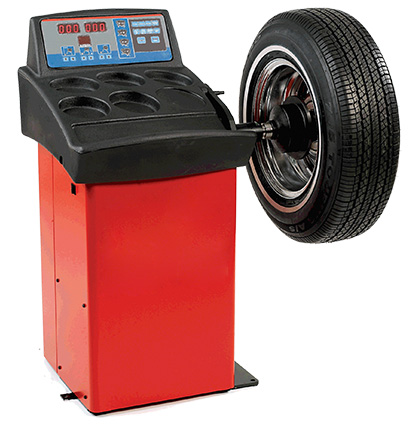Maintaining the tyre balance on your vehicle is critical to receiving satisfactory service from your tyre investment. In addition to providing a smooth ride, wheel balancing is a key component in tyre wear. The focus of this article is to help you understand the balancing process and to know why it is important to keep your tyres balanced throughout their tread life.
For those of you who think that tyre balancing isn’t that important, consider some industry trends that may help you rethink the issue. Perhaps the most compelling argument for precision balancing comes from an obvious fact: vehicles are being made lighter and lighter. The heavier cars of yesterday actually helped smooth out the ride by dampening many vibrations before the driver could feel them. The softer suspensions also had the same effect. Another factor is tyre technology. Generally, more responsive tyres with lower profiles (which send more road feedback to the driver) are being used in today’s style and performance-oriented market. As a result, the slightest imbalance (as little as half an ounce) can be felt in most modern vehicles. This is significantly less than the average of ten years ago. For those of you who have plus-sized your tyres and wheels, balancing is even more critical.
The Balancing Act
Perhaps the best way to begin is to discuss the lack of balance. When a tyre is mounted onto the wheel, two slightly imperfect units are joined to form an assembly weighing forty pounds (this is the average for cars). The chance of this assembly having absolutely precise weight distribution about its radial and lateral centres is virtually impossible. Remember that all it takes is half an ounce of uneven weight distribution for a vibration to be felt.

Please call us on 016905608 with any enquiries
Keep up to date with us at Balbriggan Service Centre by following us on Facebook
